Home>Gardening & Outdoor>Landscaping Ideas>Pampas Grass: When To Plant
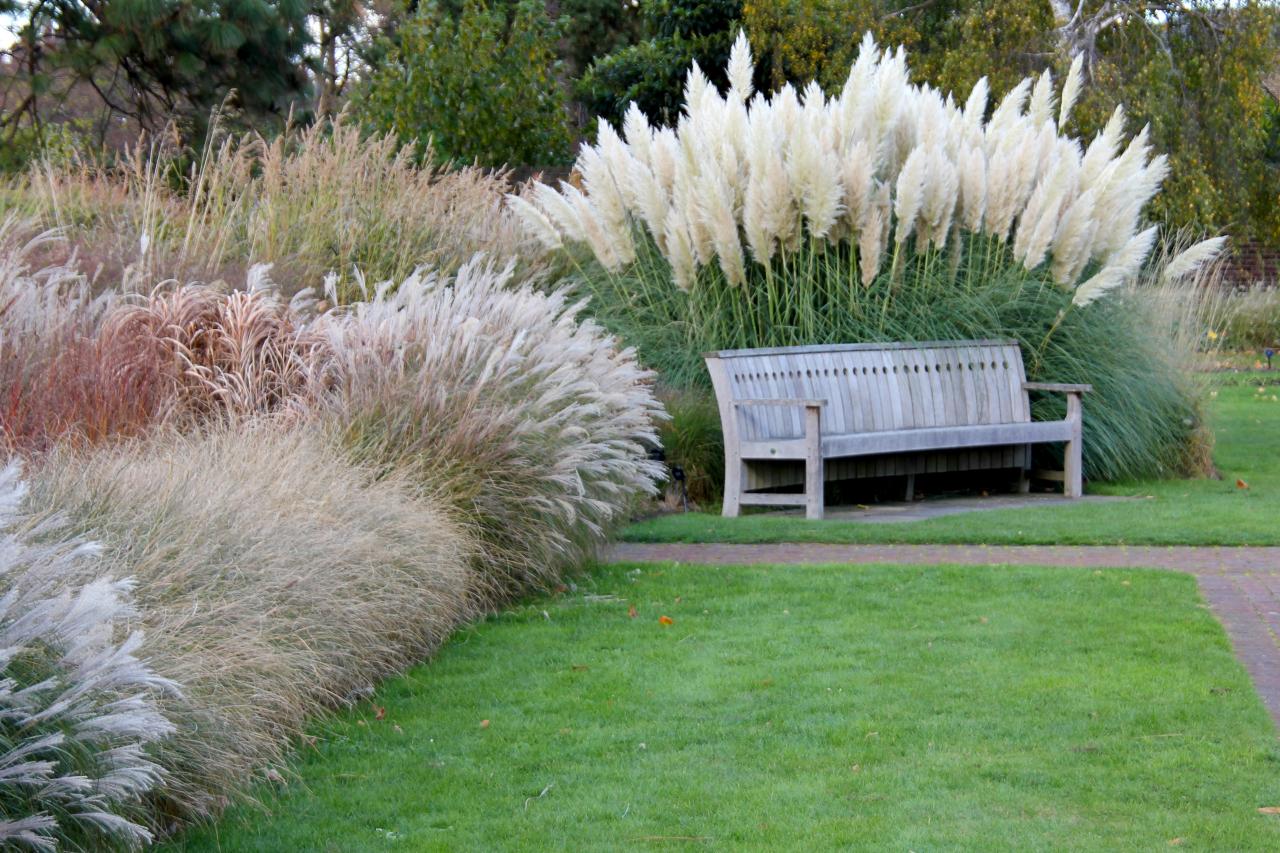

Landscaping Ideas
Pampas Grass: When To Plant
Modified: March 29, 2024
Discover the best times for planting pampas grass in your landscaping projects. Find expert tips and ideas for creating stunning outdoor spaces. Explore more landscaping ideas now!
(Many of the links in this article redirect to a specific reviewed product. Your purchase of these products through affiliate links helps to generate commission for Storables.com, at no extra cost. Learn more)
**
Introduction
**
Pampas grass, with its tall, feathery plumes and graceful appearance, adds a touch of elegance and drama to any landscape. This striking ornamental grass, native to the vast pampas plains of South America, has gained popularity worldwide for its stunning visual appeal and low-maintenance nature. Whether used as a focal point in a garden bed, as a privacy screen, or as part of a naturalistic landscape design, pampas grass brings a sense of movement and texture to outdoor spaces.
The botanical name for pampas grass is Cortaderia selloana, and it belongs to the Poaceae family. Its long, arching leaves and silky plumes, which can reach heights of up to ten feet or more, create a captivating display, especially when swaying in the breeze. Pampas grass comes in various cultivars, offering options in terms of height, plume color, and overall size, making it a versatile choice for different landscaping needs.
In this comprehensive guide, we will delve into the optimal conditions for planting pampas grass, including climate and soil requirements. We will also explore the best time to plant this ornamental grass, the planting process, and essential care and maintenance tips to ensure its long-term health and vitality. By the end of this article, you will have a thorough understanding of how to incorporate pampas grass into your landscape, allowing you to enjoy its beauty for years to come.
Key Takeaways:
- Pampas grass thrives in mild climates and well-draining soil. Plant in spring for best results, and provide regular care to enjoy its graceful beauty.
- To grow pampas grass successfully, choose a sunny spot, prepare the soil, and water deeply. Regular pruning and division help maintain its stunning appearance.
Read more: When To Plant Pampas Grass
Climate and Soil Requirements
Pampas grass thrives in regions with a mild, temperate climate, making it well-suited for growing in many parts of the world. It prefers full sun but can tolerate partial shade, making it adaptable to various light conditions. When selecting a planting site, it is essential to consider the climate and soil characteristics to ensure the grass’s successful establishment and growth.
Climate:
- Pampas grass is well-suited to USDA hardiness zones 7 through 11, where temperatures remain relatively mild throughout the year.
- It can withstand occasional frosts and light freezes, but prolonged exposure to freezing temperatures can damage the foliage.
- In hot climates, providing some afternoon shade can help prevent the foliage from scorching in intense sunlight.
Soil:
- Well-draining soil is crucial for pampas grass, as it is susceptible to root rot in waterlogged conditions.
- It can adapt to a range of soil types, including sandy, loamy, or clay soils, as long as they are well-draining.
- Before planting, amending the soil with organic matter, such as compost, can improve its fertility and drainage, creating an ideal environment for pampas grass roots to establish and spread.
By understanding the climate and soil requirements of pampas grass, you can effectively assess whether your location provides the necessary conditions for its successful growth. With the right environment in place, you can proceed with confidence in planting and maintaining this stunning ornamental grass.
Planting Time
Choosing the optimal time for planting pampas grass is essential for ensuring its successful establishment and long-term growth. The timing of planting plays a significant role in allowing the grass to acclimate to its new environment and develop a robust root system before facing challenging weather conditions. By aligning the planting process with the most favorable timing, you can set the stage for the grass to thrive in your landscape.
Seasonal Considerations:
- Spring and early summer are the ideal times to plant pampas grass in most regions, as the warmer temperatures and increased daylight hours promote active growth and root development.
- Planting in the spring allows the grass to establish itself before the onset of hot summer weather, providing ample time for the roots to penetrate the soil and anchor the plant securely.
- While fall planting is possible in some climates with mild winters, it is generally less favorable than spring planting, as the grass may not have sufficient time to establish before the arrival of colder temperatures.
Local Climate Considerations:
It is important to consider the specific climate of your region when determining the best time for planting pampas grass. Factors such as average temperatures, frost dates, and seasonal rainfall patterns can influence the timing of planting and the grass’s ability to thrive.
By aligning the planting time with the seasonal and local climate considerations, you can maximize the chances of successful establishment and long-term growth for pampas grass in your landscape. This thoughtful approach sets the stage for a flourishing display of graceful plumes and vibrant foliage, enhancing the beauty of your outdoor space.
Pampas grass should be planted in the spring or early summer to allow it to establish before the winter. Choose a sunny spot with well-drained soil for best results.
Planting Process
When embarking on the planting process for pampas grass, careful attention to detail and proper techniques can contribute to the grass’s successful establishment and long-term vitality. Whether you are starting with potted plants or bare-root divisions, following a systematic approach to planting can set the stage for the grass to thrive in its new environment. Here’s a step-by-step guide to the planting process:
1. Site Selection:
Choose a planting site that receives ample sunlight and has well-draining soil. Consider the grass’s mature size and ensure that there is sufficient space for it to grow without overcrowding other plants or structures.
2. Soil Preparation:
Before planting, prepare the soil by loosening it to a depth of at least 12 inches. Incorporate organic matter, such as compost or aged manure, to improve soil fertility and drainage.
3. Digging the Hole:
Dig a hole that is twice as wide and just as deep as the plant’s root ball. This allows the roots to spread easily and establish themselves in the soil.
4. Planting the Grass:
Remove the plant from its container and gently loosen the roots if they are compacted. Place the grass in the center of the hole at the same depth it was previously growing. Backfill the hole with soil and gently firm it around the base of the plant.
5. Watering and Mulching:
After planting, water the grass thoroughly to settle the soil around the roots. Apply a layer of mulch around the base of the plant to help retain soil moisture and suppress weed growth.
6. Initial Care:
Monitor the newly planted grass regularly and water it as needed to keep the soil consistently moist but not waterlogged. Avoid overwatering, as this can lead to root rot.
By following these steps, you can ensure that pampas grass is planted with care and attention to its specific needs, providing it with the best possible start in its new environment. This thoughtful approach sets the stage for the grass to establish itself and thrive, contributing to the beauty of your landscape for years to come.
Care and Maintenance
Once pampas grass is established in your landscape, providing proper care and maintenance is essential for promoting its health, vigor, and visual appeal. By incorporating regular maintenance tasks and addressing the grass’s specific needs, you can ensure that it remains an attractive and integral part of your outdoor environment. Here are key aspects of care and maintenance for pampas grass:
1. Watering:
While pampas grass is drought-tolerant once established, regular watering is crucial during its initial growth phase. Water deeply but infrequently, allowing the soil to dry out between waterings to encourage deep root development. Once established, water during extended dry periods to prevent the foliage from wilting.
2. Pruning:
In late winter or early spring, prune pampas grass to remove old, brown foliage and promote new growth. Use sharp pruning shears or hedge trimmers to cut the foliage back to a height of 12 to 18 inches above ground level. Take care to wear long sleeves and gloves to protect your skin from the sharp leaf edges.
3. Fertilization:
Apply a balanced, slow-release fertilizer in early spring to provide essential nutrients for healthy growth. Avoid over-fertilizing, as excessive nitrogen can lead to lush foliage at the expense of plume production.
4. Division:
Every few years, consider dividing mature clumps of pampas grass to rejuvenate the plant and prevent overcrowding. Dig up the clump and use a sharp spade or saw to divide it into smaller sections, each containing a portion of the root system. Replant the divisions in prepared soil, spacing them adequately to allow for future growth.
5. Pest and Disease Management:
Monitor the grass for signs of pest infestations, such as aphids or scale insects, and treat them promptly with insecticidal soap or horticultural oil. Additionally, keep an eye out for signs of fungal diseases, and ensure proper air circulation around the plant to minimize the risk of infection.
By incorporating these care and maintenance practices into your routine, you can support the long-term health and beauty of pampas grass in your landscape. With proper attention and proactive management, this stunning ornamental grass can continue to enhance your outdoor space with its graceful form and striking plumes.
Read more: How To Plant Pampas Grass
Conclusion
As we conclude this comprehensive guide to planting and caring for pampas grass, it’s evident that this striking ornamental grass holds a special place in the hearts of landscape enthusiasts. With its graceful plumes, low-maintenance nature, and adaptability to various growing conditions, pampas grass offers a captivating addition to gardens, naturalistic landscapes, and outdoor settings of all kinds.
By understanding the climate and soil requirements, optimal planting time, and essential care and maintenance practices, you can confidently incorporate pampas grass into your landscape, knowing that you are providing the best possible conditions for its growth and longevity. Whether used as a focal point, a privacy screen, or a textural element in a mixed border, pampas grass adds a sense of movement and drama, enhancing the visual interest of any outdoor space.
As you embark on your journey of planting and nurturing pampas grass, remember the importance of thoughtful site selection, proper soil preparation, and ongoing attention to watering, pruning, and pest management. With these considerations in mind, you can create an environment where pampas grass can thrive, delighting you with its elegant presence and seasonal displays.
Ultimately, the allure of pampas grass lies in its ability to evoke a sense of tranquility and beauty while requiring minimal intervention. Its graceful form and ethereal plumes offer a timeless charm that can transform ordinary landscapes into enchanting outdoor retreats.
As you embrace the art of landscaping with pampas grass, may this guide serve as a valuable resource, empowering you to cultivate and enjoy the unique beauty of this remarkable ornamental grass. With each swaying plume and rustling leaf, pampas grass invites you to savor the simple pleasures of nature and the artistry of a well-designed landscape.
Frequently Asked Questions about Pampas Grass: When To Plant
Was this page helpful?
At Storables.com, we guarantee accurate and reliable information. Our content, validated by Expert Board Contributors, is crafted following stringent Editorial Policies. We're committed to providing you with well-researched, expert-backed insights for all your informational needs.
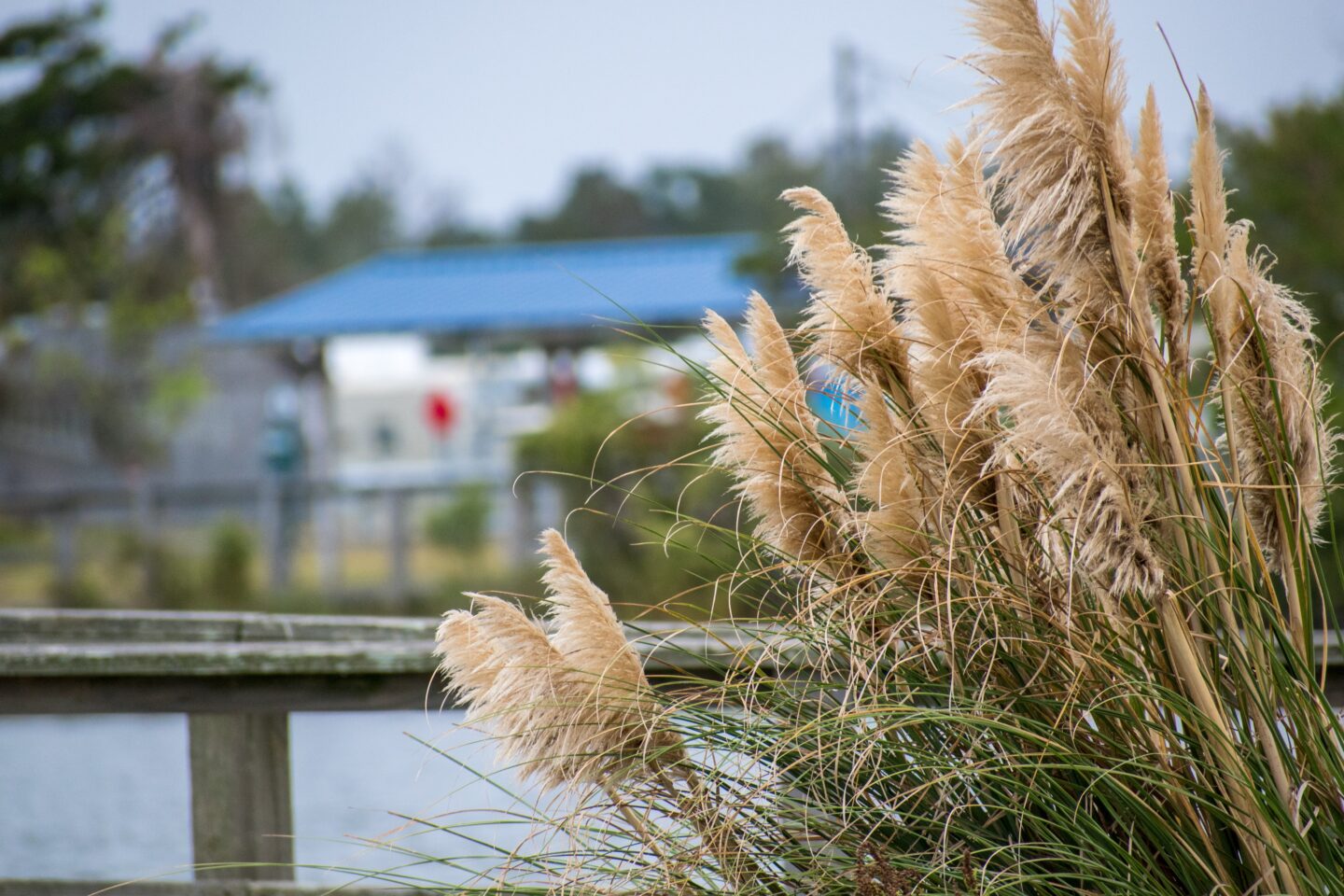
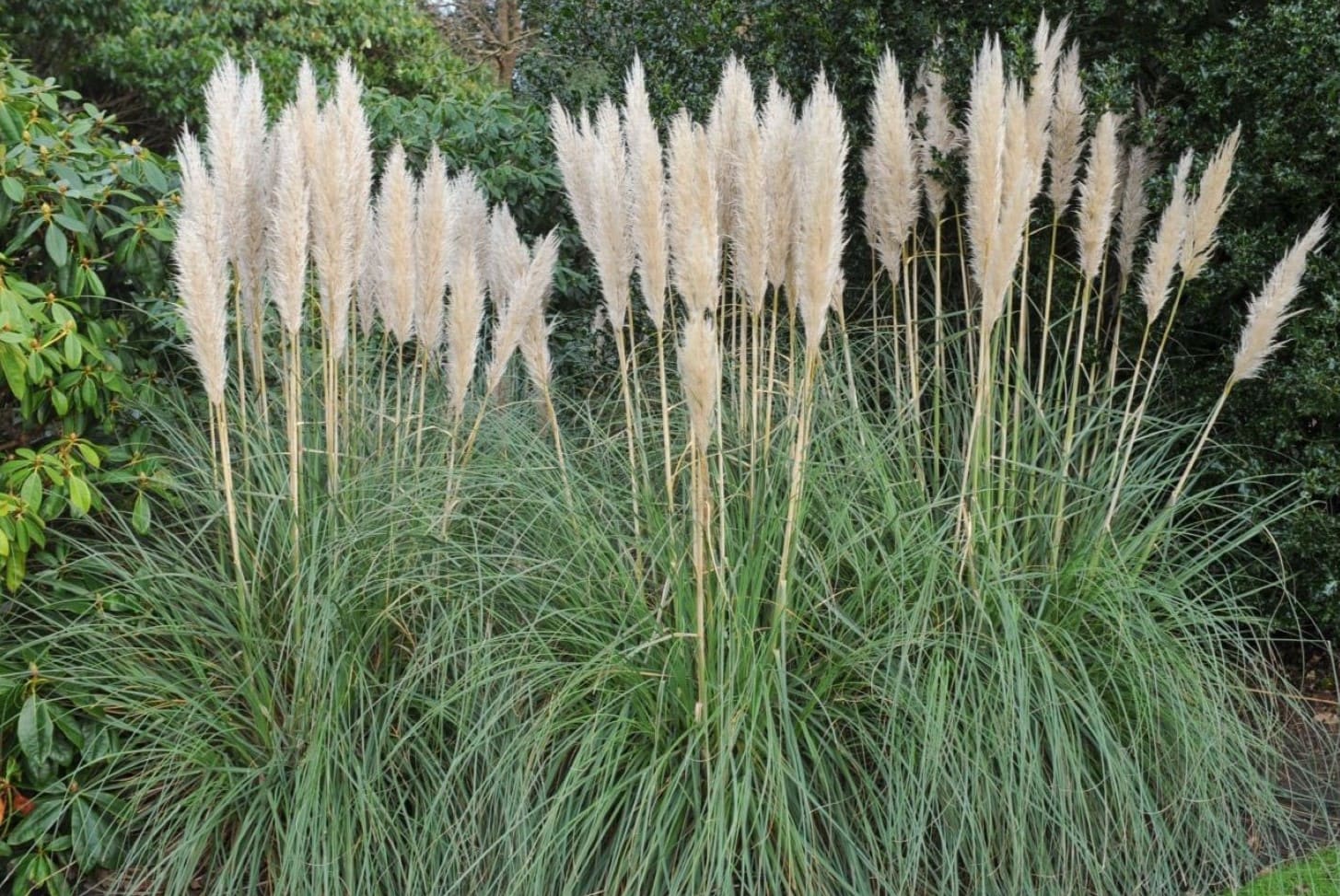
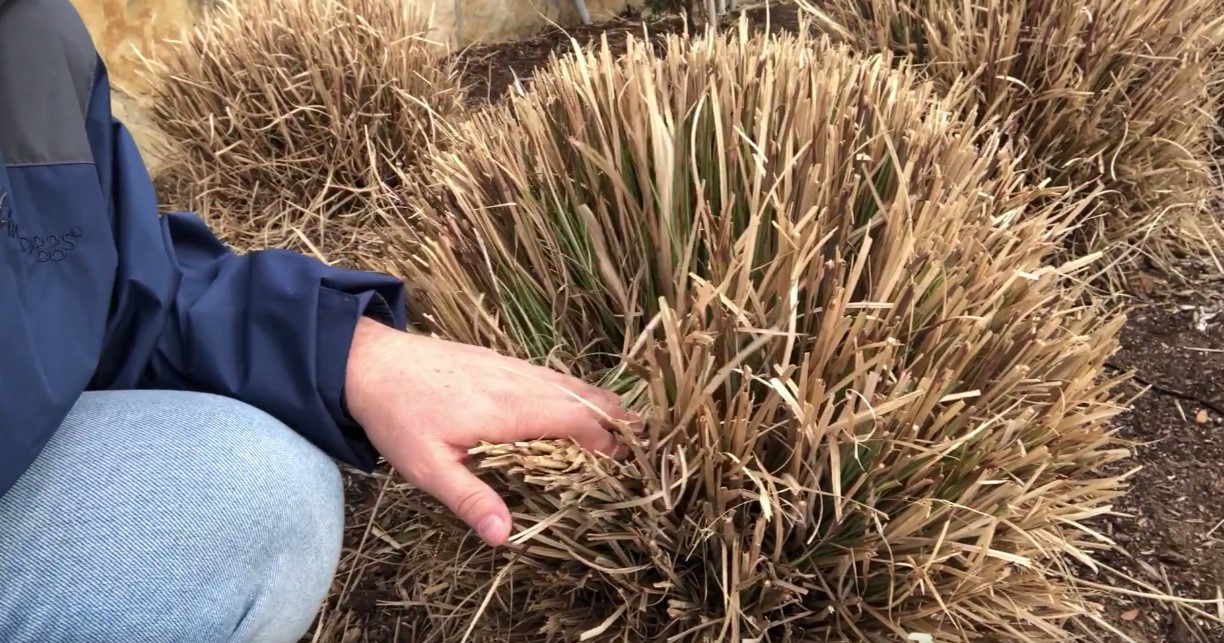
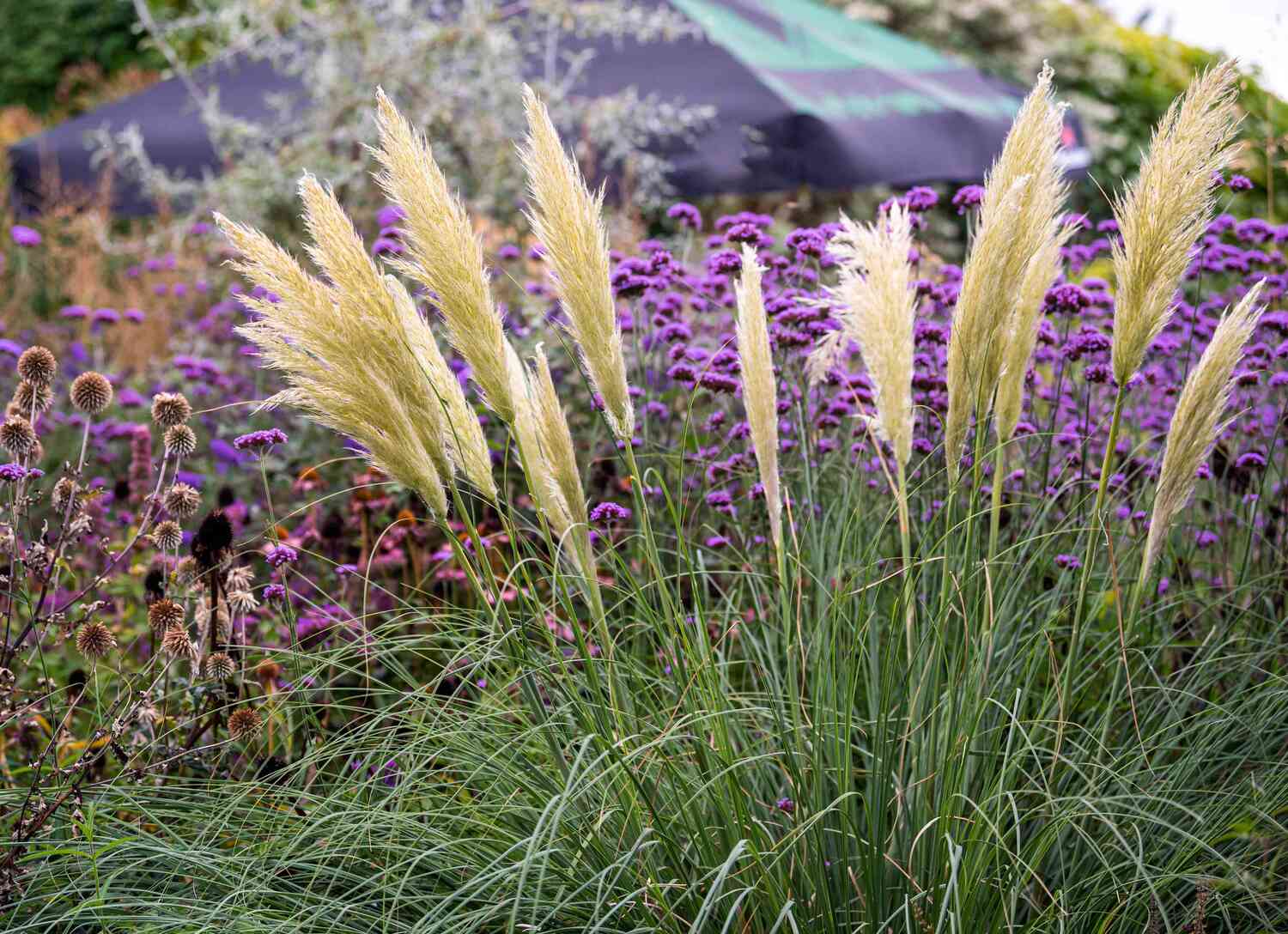

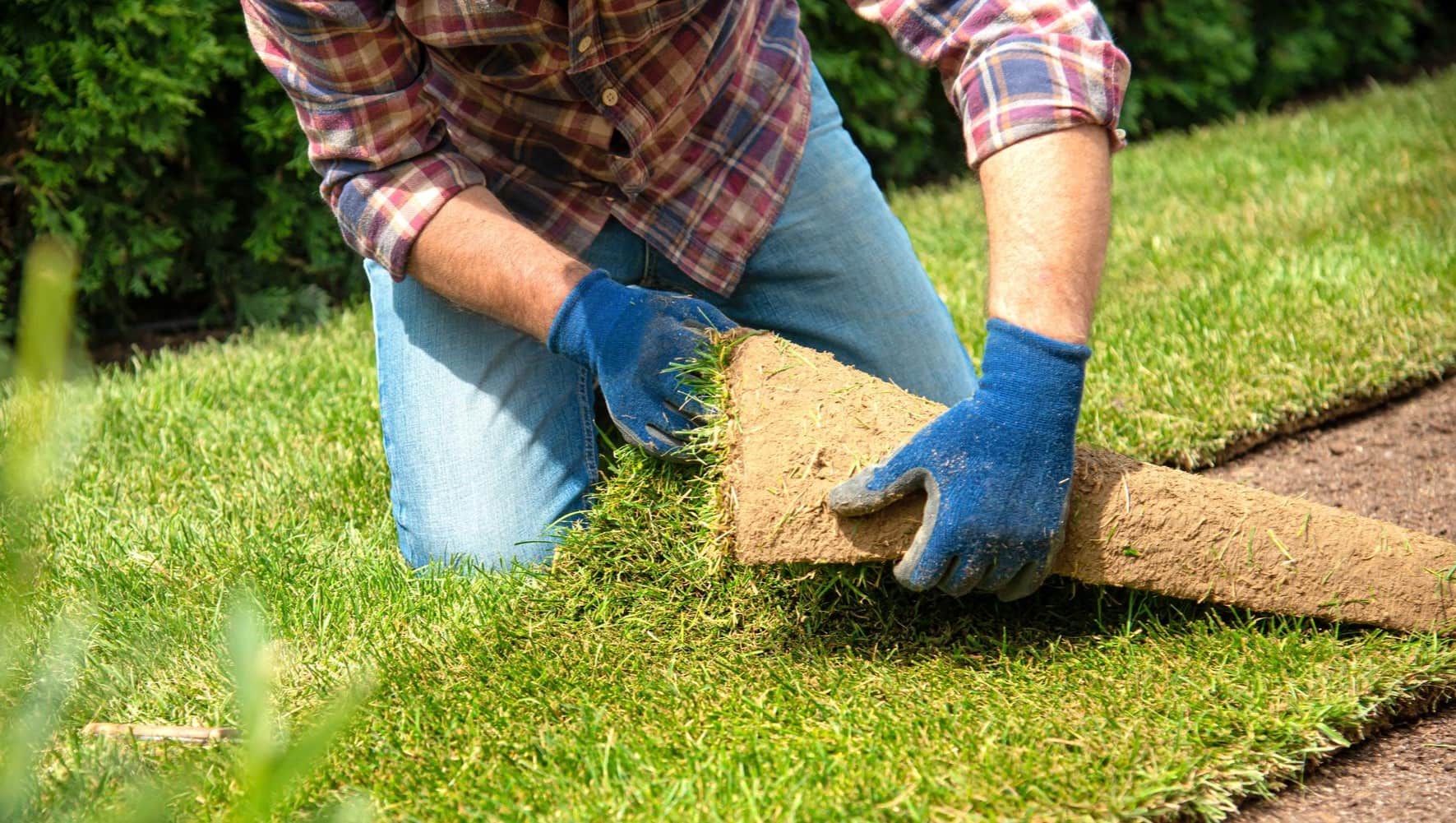
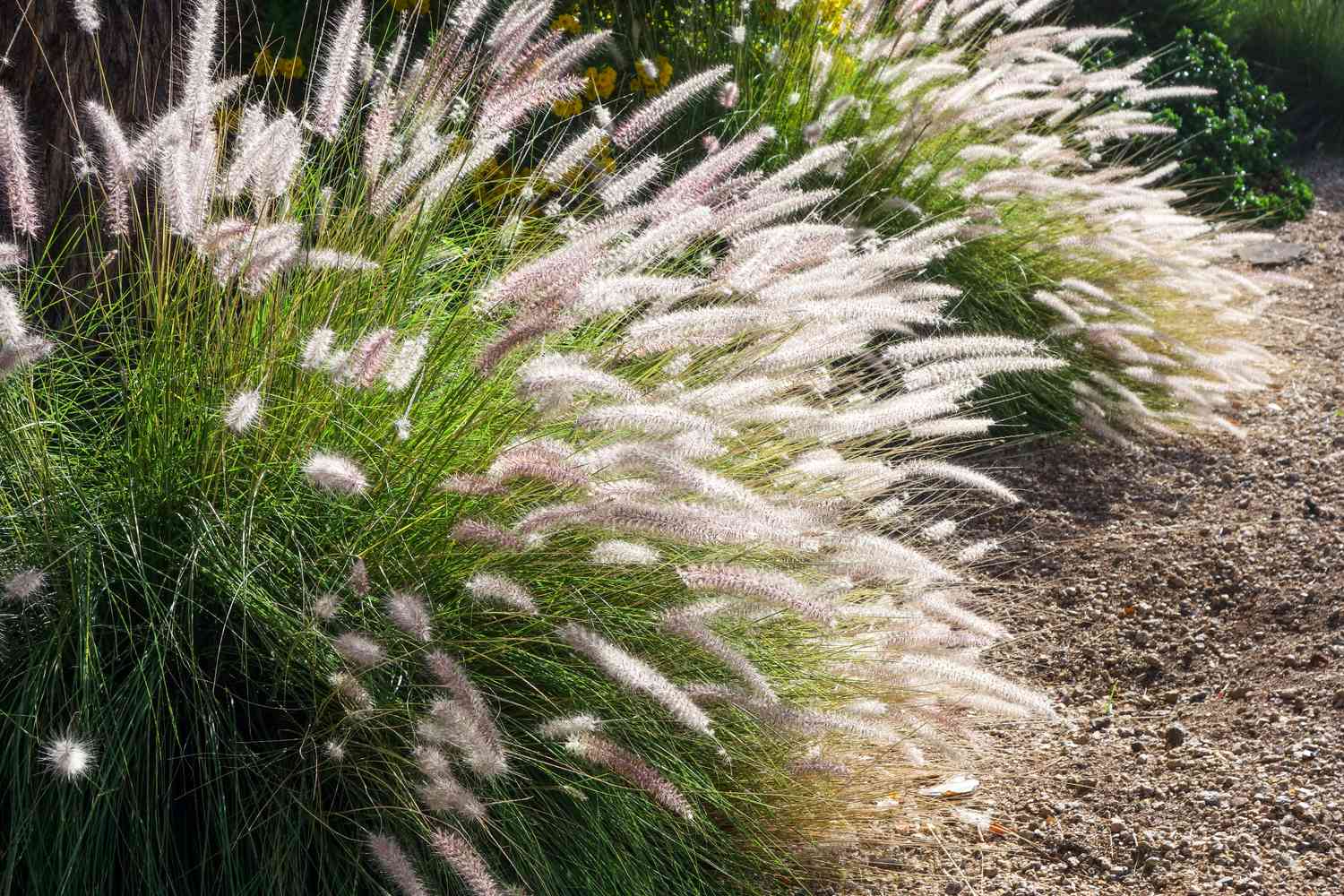
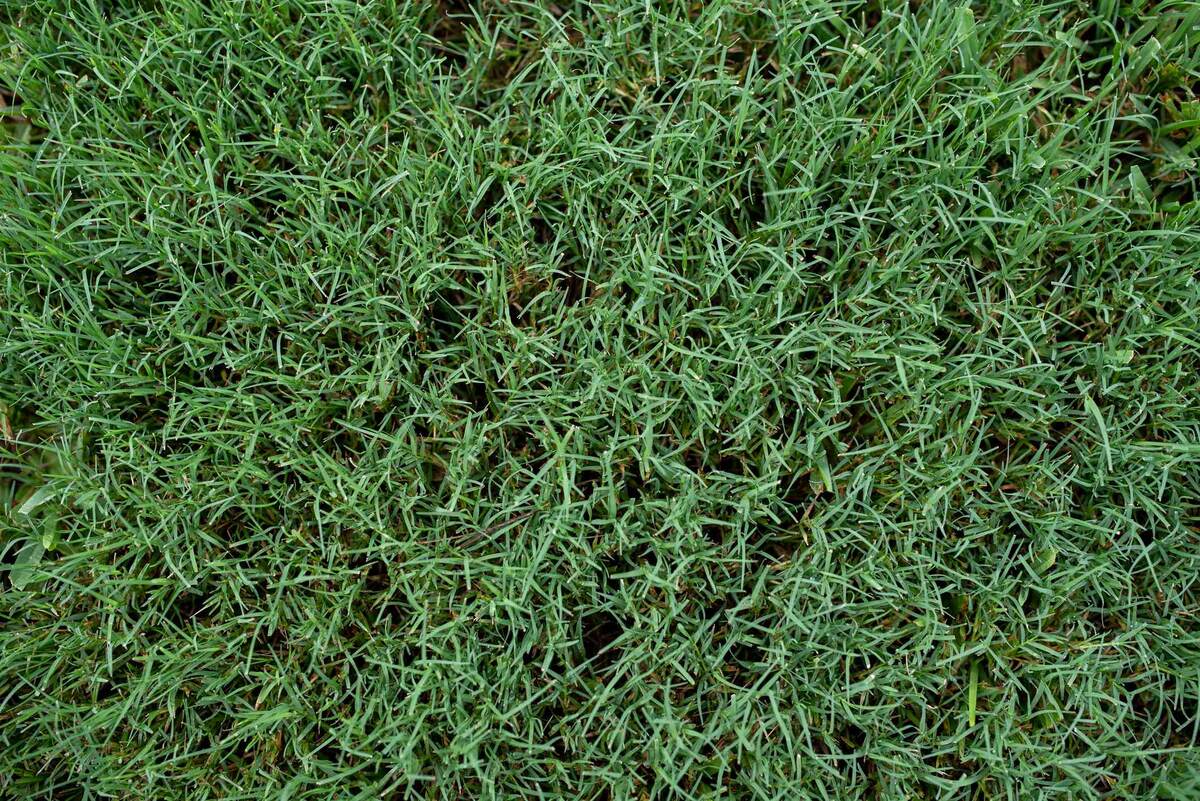
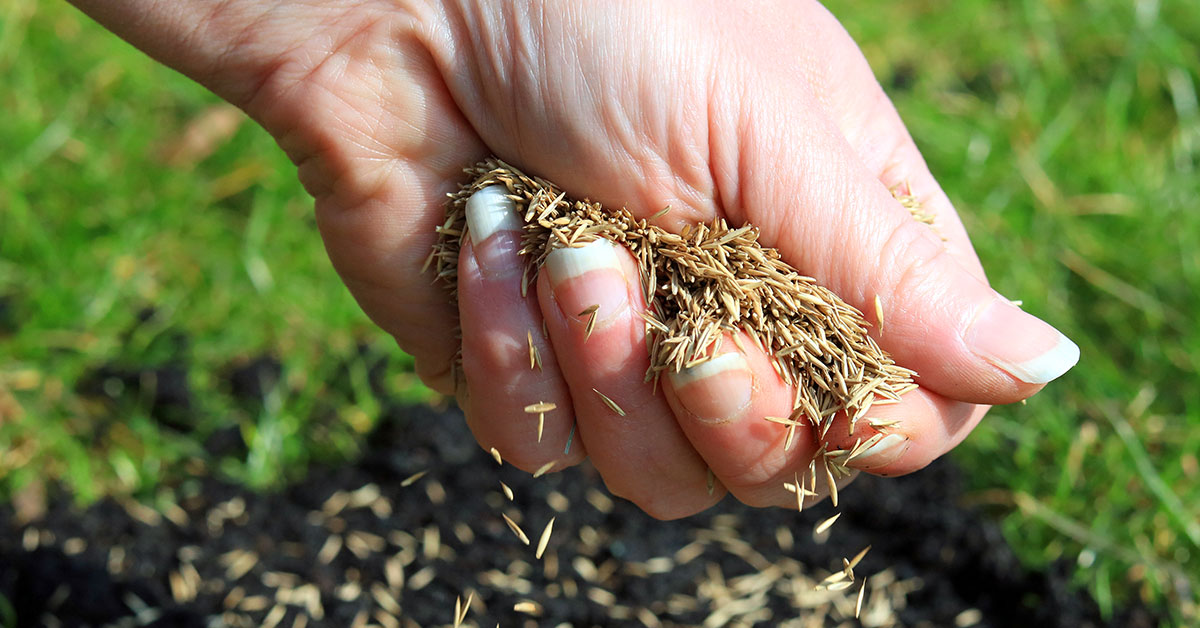
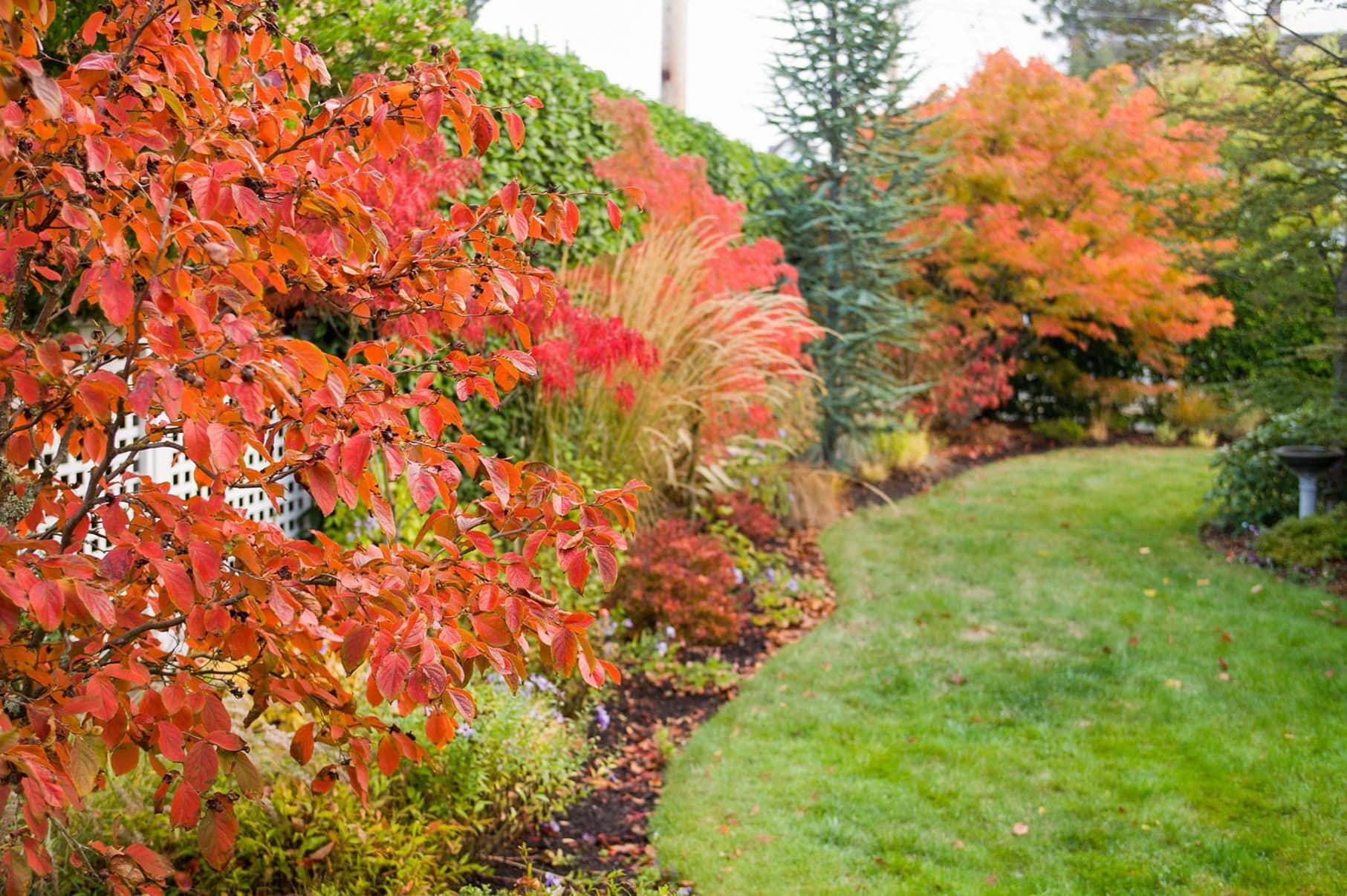
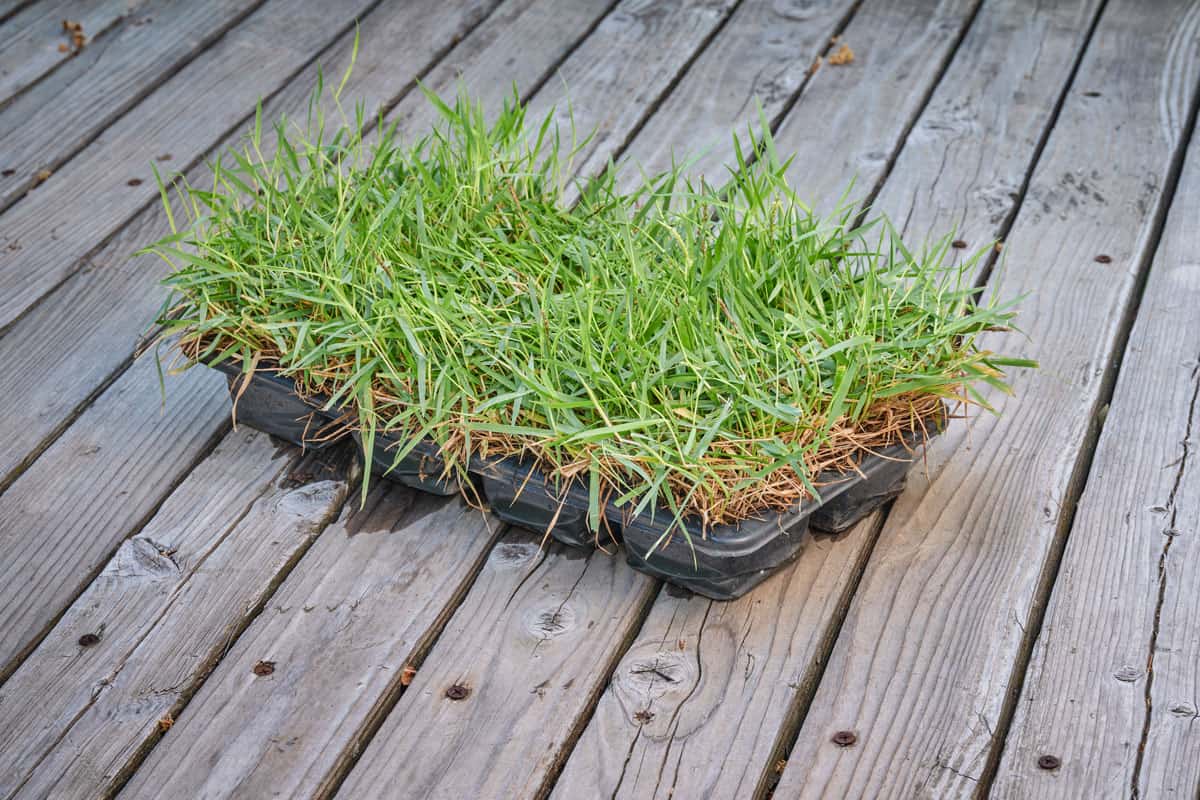
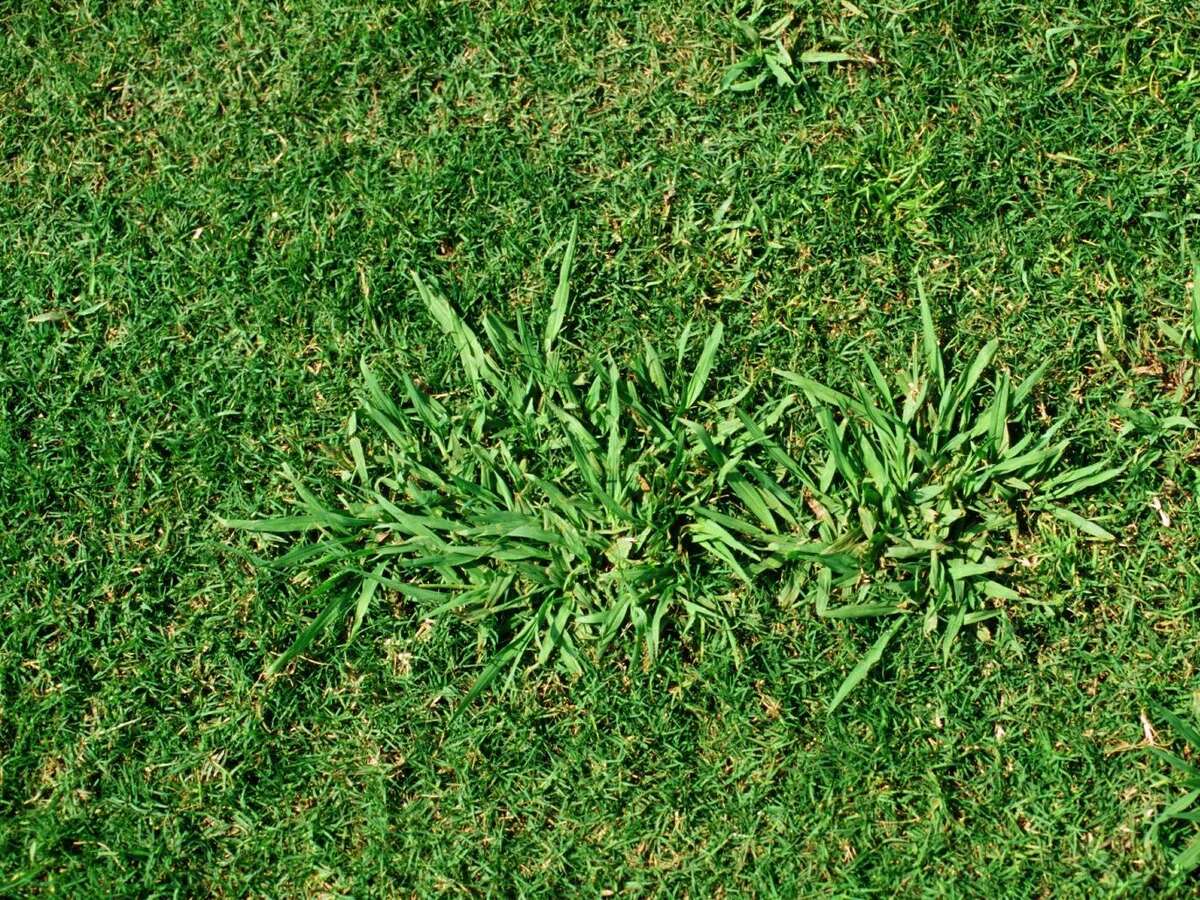
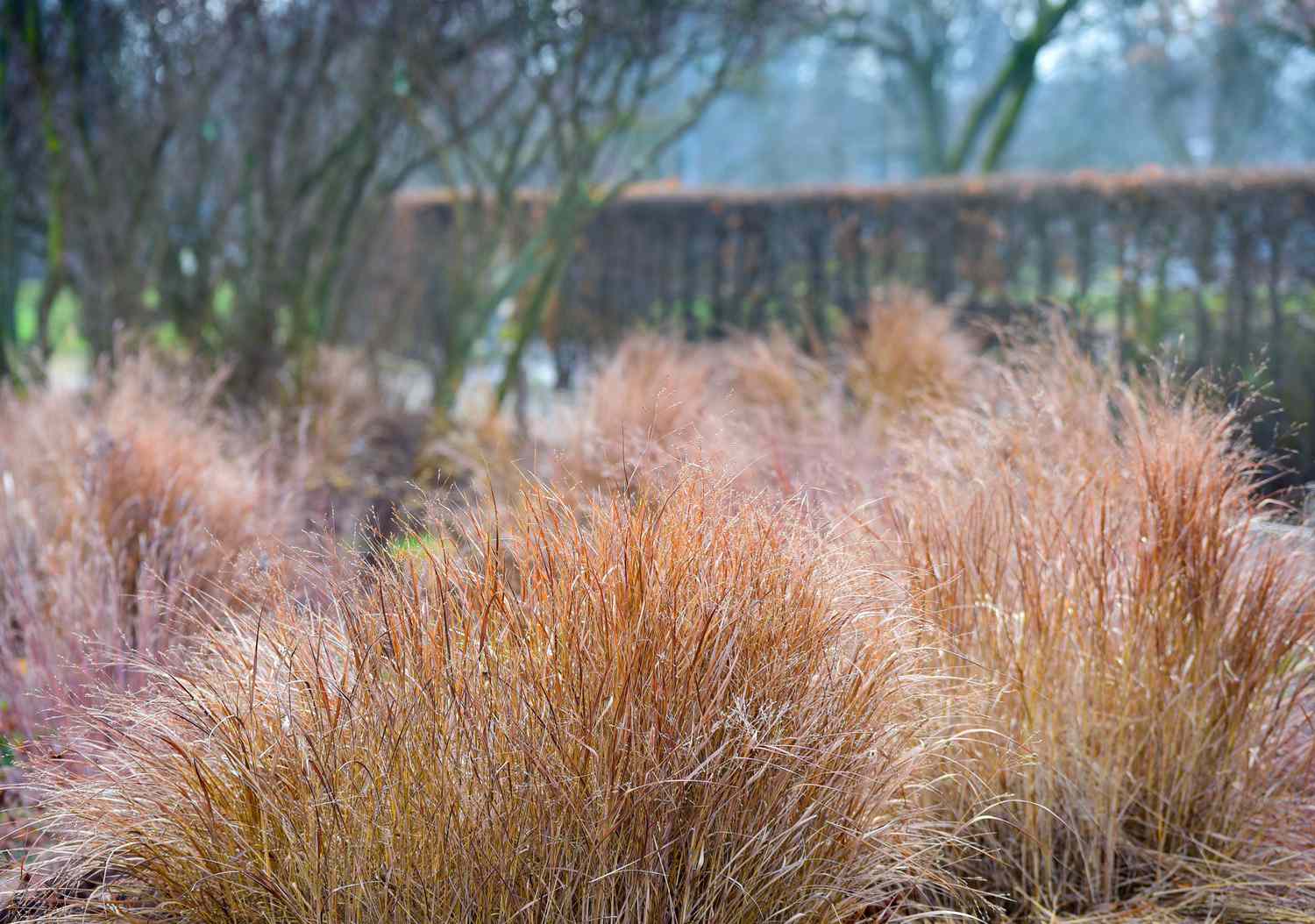
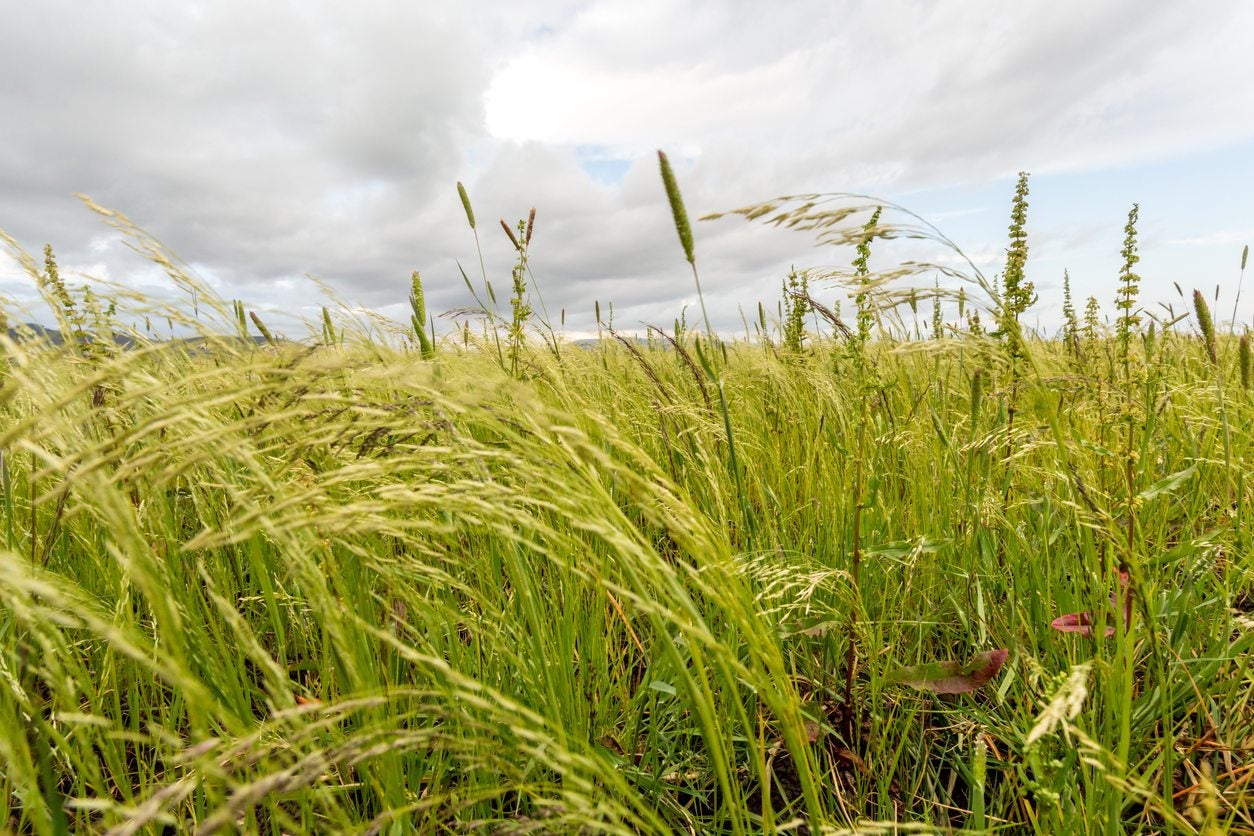

0 thoughts on “Pampas Grass: When To Plant”